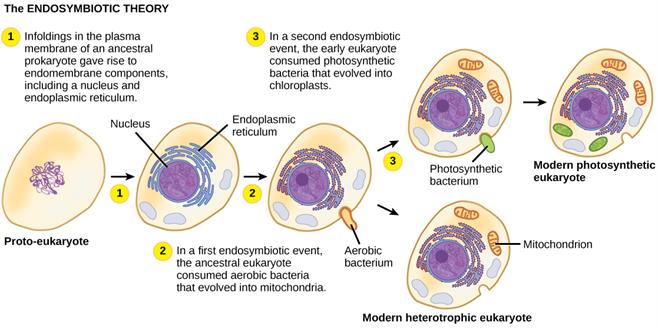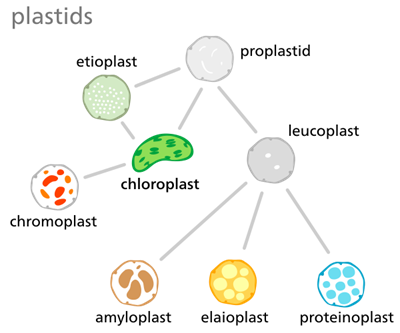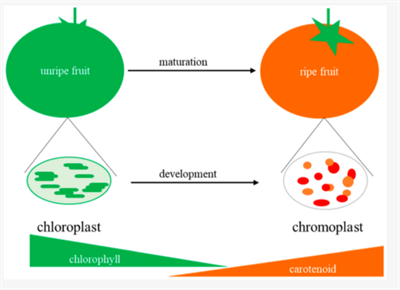
PUMPA - SMART LEARNING
எங்கள் ஆசிரியர்களுடன் 1-ஆன்-1 ஆலோசனை நேரத்தைப் பெறுங்கள். டாப்பர் ஆவதற்கு நாங்கள் பயிற்சி அளிப்போம்
Book Free DemoIn the previous theory, we ended with how chloroplasts and mitochondria become part of the cell. The following theory can answer this question.
The Endosymbiotic Theory:
The term 'symbiosis refers to the association of two different species through which both are benefited'.
The endosymbiotic theory states that few organelles of the eukaryotic cell were formerly prokaryotes.
Hence according to this theory, mitochondria and plastids were once prokaryotic organisms (aerobic bacteria and photosynthetic bacteria, respectively). that lived inside the eukaryotic cells through a symbiotic relationship. And, over several million years, they evolved along with the cell as mitochondria and plastids. Thus, both these organelles have DNA within their membranes, just like an individual cell, and are known as semi-autonomous organelles.

Pictorial representation of endosymbiotic theory
Plastids:
Have you wondered how the plants get the different colours? Recall that there is a relation between the plant’s green colour and Photosynthesis, in which the plant produces its food.
The cell organelle plastid is responsible for the different colours of the plant and facilitates photosynthesis.Plastids are found only in plant cells and are absent in animal cells. Nevertheless, they are responsible for the preparation and storage of food.
The cell organelle plastid is responsible for the different colours of the plant and facilitates photosynthesis.
The double membrane-bound organelles found in plants and some algae are known as plastids.
Types of plastids:
Plastids are of three main types depending upon their colour.
- Chloroplast
- Chromoplast
- Leucoplast

Types of plastids
1. Chloroplast:
These are green coloured plastids.
Functions: They serve as the sites for photosynthesis.
2. Chromoplasts:
These are coloured plastids. Their colours vary from red, orange, and yellow due to the presence of pigments known as carotenoids and are abundantly found in flowers and fruits.
Functions: Chromoplasts are responsible for the synthesis and storage of carotenoid pigments.

3. Leucoplasts:
These are colourless plastids that are found in storage cells of roots, seeds and underground stems.
Functions: They are responsible for the storage of food.
Reference:
https://commons.wikimedia.org/wiki/File:Endosymbiotic_theory.jpg
https://www.mdpi.com/1422-0067/21/18/6951